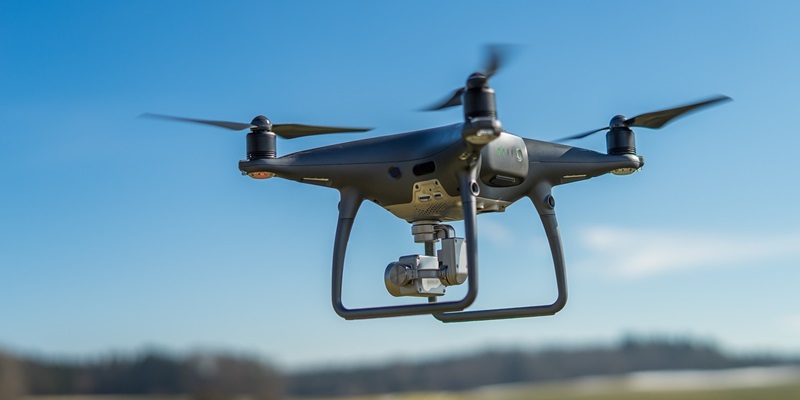Advancements in artificial intelligence (AI) have propelled unmanned aerial systems (UAS) and drone technology forward, with ChatGPT emerging as a critical tool in this progression. With its ability to automate complex tasks and simplify operations, ChatGPT is transforming the industry by enhancing autonomous decision-making and enabling effective communication. However, it is crucial to acknowledge the challenges and ethical considerations associated with this technology. This article will explore how the integration of ChatGPT is shaping the future of UAS and drone technology.
Automation and Simplification of Tasks
One of the key roles of ChatGPT in advancing UAS and drone technology is its ability to automate and simplify complex tasks. By leveraging the power of natural language processing, ChatGPT can understand and respond to commands, allowing operators to control drones using simple, conversational language. This drastically reduces the learning curve and operational complexities that pilots and operators typically face.
Real-Time Interaction
ChatGPT’s conversational capabilities enable drones to interact with operators in real time. This level of interaction enhances the efficiency and effectiveness of drone operations by providing immediate responses and feedback. Operators can communicate their requirements, receive updates, and make real-time adjustments, ensuring seamless coordination between drones and operators.
Autonomous Decision-Making
Another significant role of ChatGPT in the advancement of UAS and drone technology is its ability to enhance autonomous decision-making. Drones equipped with ChatGPT can analyze vast amounts of data in real-time and make intelligent decisions based on predefined parameters. This capability enables drones to operate independently, reducing the need for constant human intervention and allowing for the efficient execution of tasks.
Communication with Stakeholders
Furthermore, ChatGPT’s language generation capabilities enable drones to communicate with other stakeholders, such as air traffic controllers or emergency responders. This functionality facilitates seamless coordination, allowing drones to relay crucial information, receive instructions, and ensure safe and efficient operations. Effective communication enhances overall situational awareness and enables timely decision-making.
Transformation of the Industry
The integration of ChatGPT into UAS and drone technology is transforming the industry by democratizing access to drone operations. With simplified control interfaces and conversational capabilities, the barriers to entry for operating drones are significantly reduced. This empowers a wider range of users, such as small businesses, researchers, and hobbyists, to leverage the potential of drones.
Moreover, the integration of ChatGPT enhances autonomous decision-making, as drones can make intelligent choices based on real-time data analysis. This not only improves operational efficiency but also allows for faster response times and adaptability to changing conditions. Additionally, the effective communication enabled by ChatGPT ensures enhanced coordination and information sharing between drones and stakeholders, leading to safer and more effective operations.
Challenges and Ethical Considerations
While the integration of ChatGPT brings numerous benefits, it is important to acknowledge the challenges and ethical considerations associated with this technology. Concerns regarding data privacy, security, and potential biases in decision-making algorithms need to be carefully addressed. As the technology continues to evolve, it is crucial to establish robust safeguards and regulations to ensure responsible and ethical usage.
The future of unmanned aerial systems and drone technology is undoubtedly being shaped by the transformative power of ChatGPT. Its ability to automate tasks, enable real-time interaction, enhance autonomous decision-making, and facilitate effective communication is revolutionizing the industry. However, as with any emerging technology, it is essential to approach its integration with caution, taking into consideration the potential challenges and ethical considerations. With responsible implementation and ongoing advancements, ChatGPT has the potential to unlock new possibilities and take UAS and drone technology to unprecedented heights.

